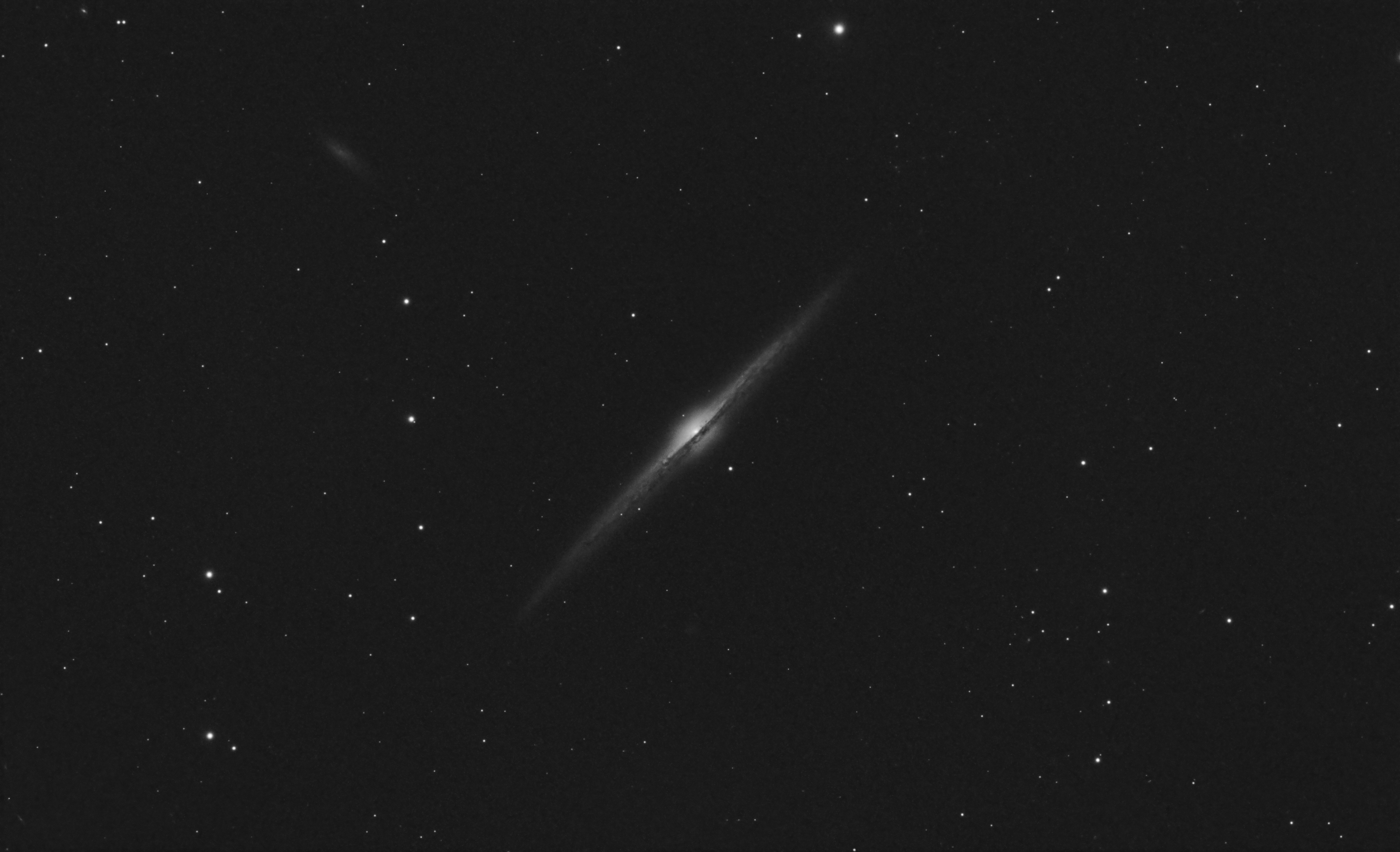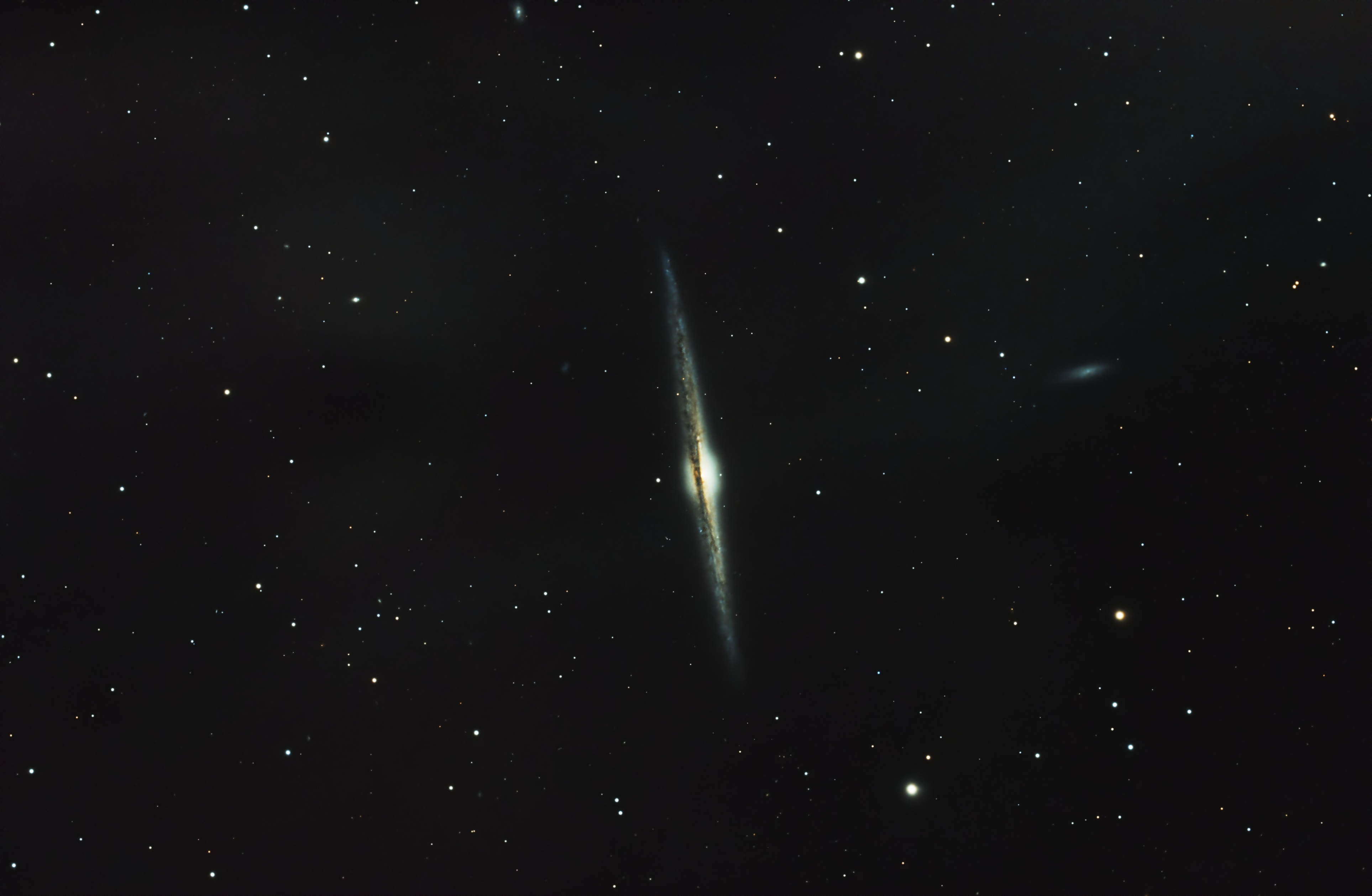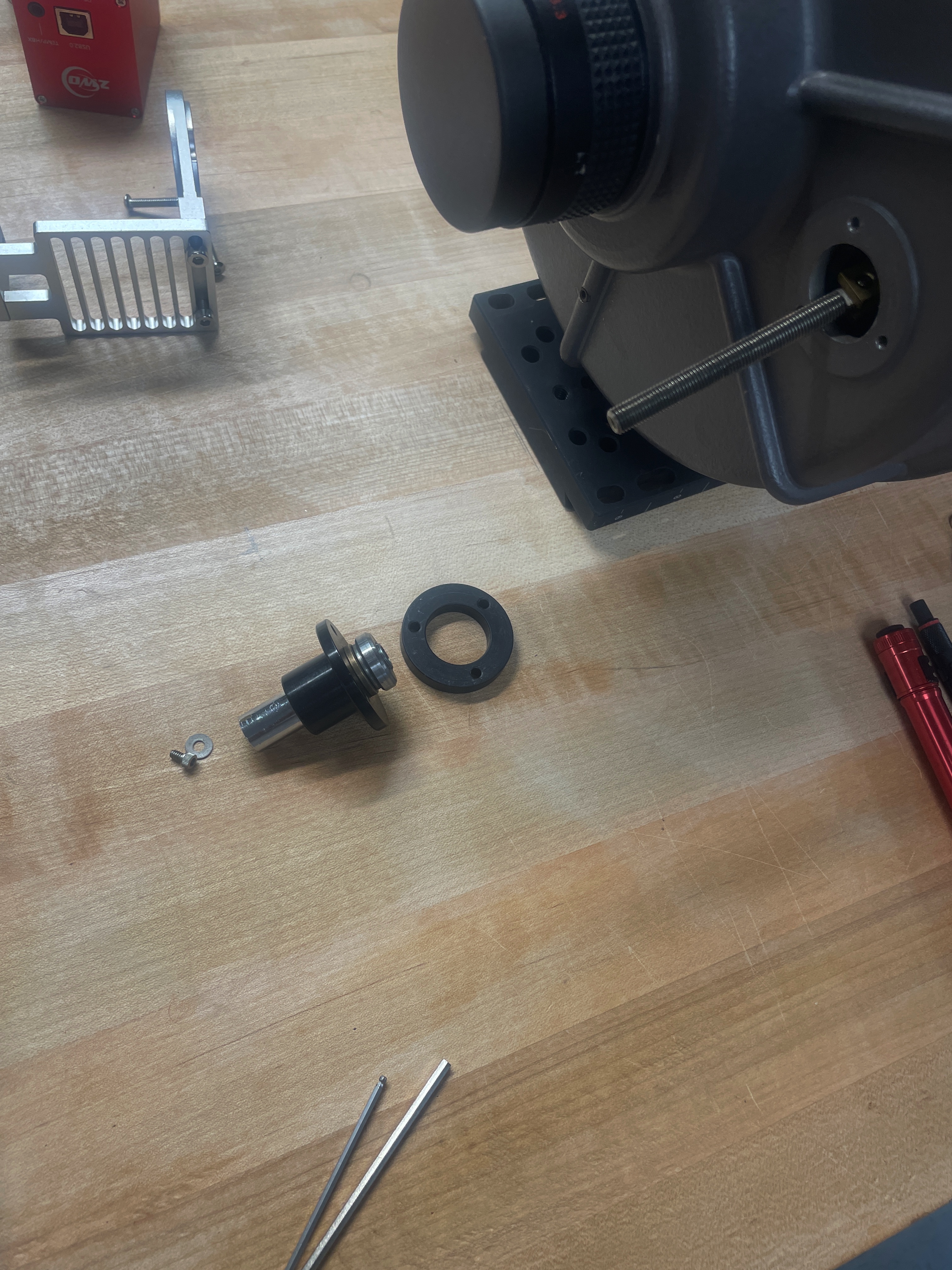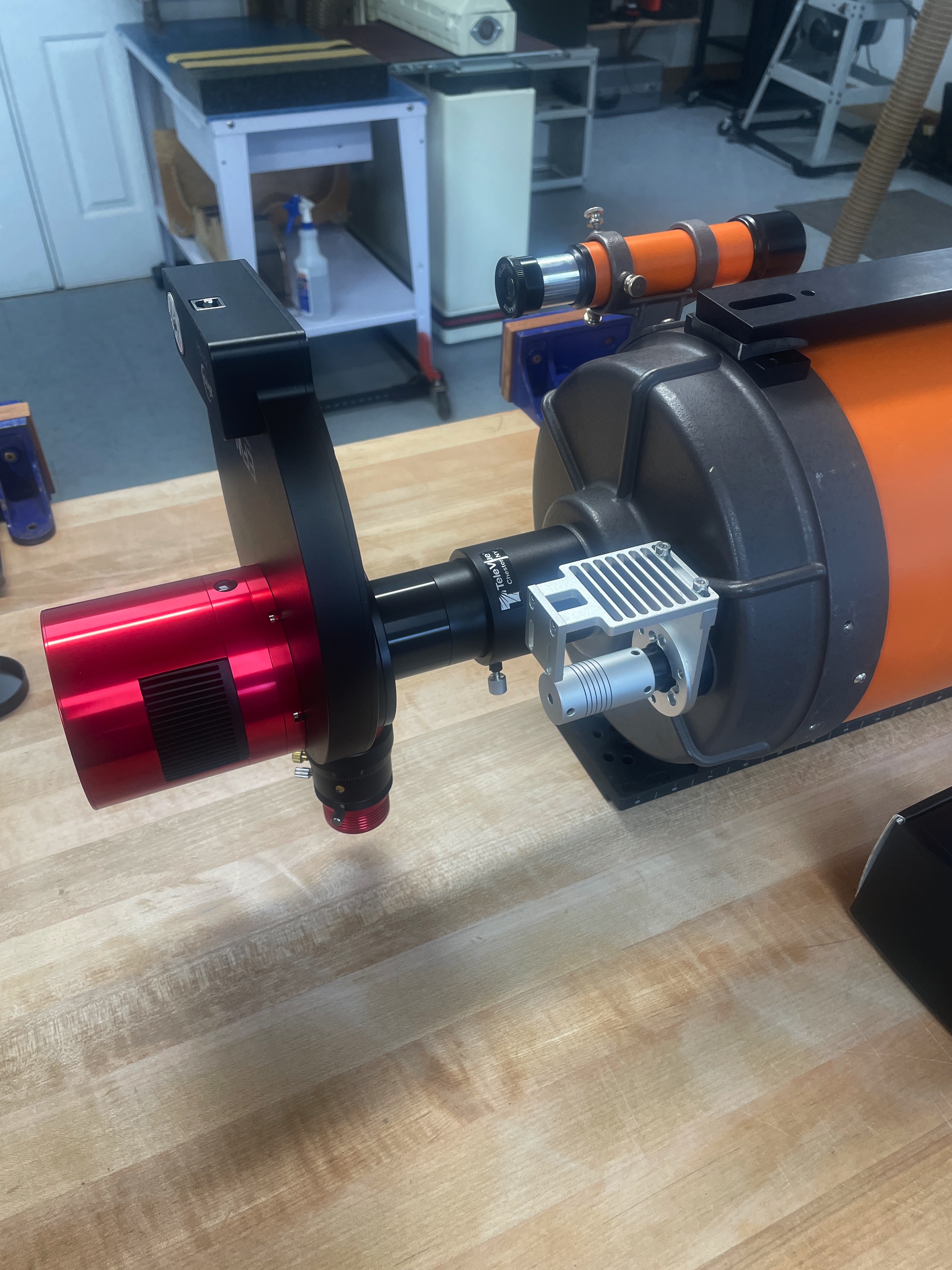I took this image over two nights. 100 180 second lights, 50 flats and 15 darks all with an old C8 and Celestron 6.3 Corrector. That's all the weather would allow. No clouds and fairly good seeing. I do very basic processing including Pixinsight's Gradient Corrector, Blur Exterminator, Noise Exterminator, Arcsinstretch, add in a Luminous layer, SCNR, Curves Transformation. Problem is I don't know whether this is as good as it gets because that's just the data from the scope or I'm terrible at processing and missing steps. The galaxy is soft. After looking at several NGC 4565 taken with similar SCTs, mine is sorely lacking in "sharpness." Comments and criticism PLEASE.





